Introduction
Homemade strawberry wine is a delightful elixir that captures the essence of summer in a glass. Bursting with vibrant flavor and aromatic sweetness, this fruity wine offers a refreshing alternative to traditional grape-based varieties. Whether you’re a seasoned homebrewer or a curious novice, crafting strawberry wine is a rewarding endeavor that requires patience, precision, and a passion for fermentation. This guide will walk you through every step of the process, from selecting the freshest berries to bottling your finished creation. By the end, you’ll possess the knowledge to produce a beverage that rivals artisanal wines found in boutique shops—all while savoring the satisfaction of DIY craftsmanship.
Understanding the Basics of Fruit Wine Making
Before diving into the recipe, it’s essential to grasp the fundamental principles of fruit wine production. Unlike grape wines, which rely on the natural sugar and acidity of grapes, strawberry wine demands careful adjustment of these elements to achieve balance. Strawberries are low in tannins and high in acidity, which can result in a sharp, one-dimensional wine if not properly managed. To mitigate this, brewers often blend strawberries with complementary fruits, adjust sugar levels, or employ aging techniques to mellow the final product.
Ingredients and Equipment: What You’ll Need
Crafting strawberry wine requires minimal specialized equipment, but attention to sanitization is non-negotiable. Here’s a breakdown of the essentials:
Ingredients:
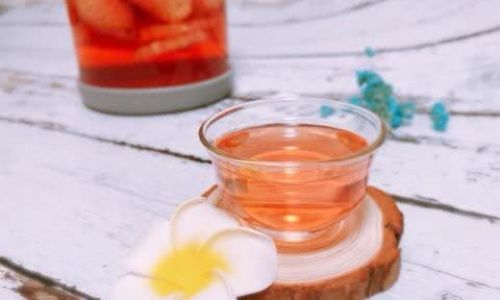
- Strawberries: 6–8 pounds (fresh or frozen, preferably organic to avoid pesticides)
- Sugar: 2–3 pounds (granulated white sugar; adjust based on desired sweetness)
- Water: 1 gallon (filtered or spring water to avoid chlorine)
- Yeast: Wine yeast (e.g., Lalvin EC-1118 or Red Star Premier Cuvée)
- Yeast Nutrient: 1 teaspoon (to support healthy fermentation)
- Acid Blend: 1 teaspoon (optional, to balance tartness)
- Pectic Enzyme: 1/2 teaspoon (to break down pectin and clarify the wine)
- Campden Tablets: 2 (to sterilize the must and inhibit wild yeast)
Equipment:
- Primary Fermenter: A 2-gallon food-grade plastic bucket or glass carboy
- Secondary Fermenter: A 1-gallon glass carboy (for aging)
- Airlock and Bung: To allow CO2 to escape without oxygen ingress
- Hydrometer: To measure sugar content and alcohol potential
- Siphon Hose: For transferring wine without disturbing sediment
- Straining Bag: Nylon or muslin for separating pulp from liquid
- Bottles and Corks: 750ml wine bottles with corks or screw caps
- Sanitizer: Star San or iodophor solution (critical for preventing contamination)
Step-by-Step Brewing Process
Preparing the Strawberries
Begin by rinsing the strawberries under cool water to remove dirt and debris. Trim the green stems and leaves, as they contribute bitter flavors. For enhanced flavor extraction, lightly crush the berries using a sterilized potato masher or your hands. If using frozen strawberries, allow them to thaw slightly before mashing.
Creating the Must (Unfermented Wine Base)
Place the mashed strawberries into the primary fermenter. Add 1 gallon of water and stir gently. Sprinkle the pectic enzyme over the mixture and let it sit for 12–24 hours. This enzyme breaks down pectin, reducing haziness and improving clarity.

Sterilizing with Campden Tablets
To eliminate wild yeast and bacteria, crush one Campden tablet and stir it into the must. Cover the fermenter with a clean cloth and let it rest for 24 hours. This step is crucial for preventing off-flavors and ensuring a controlled fermentation.
Adding Sugar and Yeast Nutrient
Calculate the initial sugar content using a hydrometer. Aim for a specific gravity (SG) between 1.070–1.090, which will yield an alcohol content of 9–12% ABV. Adjust sugar as needed: 1 pound of sugar raises SG by approximately 0.020. Dissolve the sugar in a small amount of hot water before adding it to the must to prevent scorching. Stir in the yeast nutrient to provide essential minerals for yeast health.
Pitching the Yeast
Rehydrate the wine yeast according to the manufacturer’s instructions (typically 10 minutes in lukewarm water). Once activated, add it to the must and stir vigorously to aerate. Cover the fermenter with an airlock and store it in a dark, temperature-controlled location (65–75°F / 18–24°C).
Primary Fermentation
Over the next 7–14 days, the mixture will bubble vigorously as yeast consumes sugar and produces alcohol. Monitor the airlock for activity and gently stir the must daily to prevent mold formation on the surface. Once bubbling slows (SG drops to ~1.030), it’s time to strain the liquid.
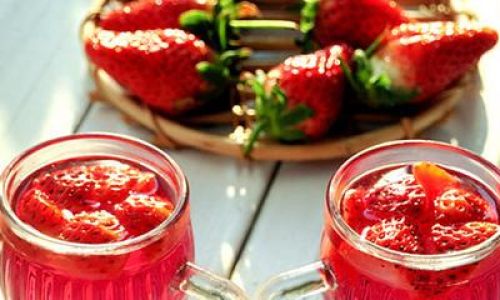
Straining and Transferring
Using a sterilized straining bag, separate the pulp from the liquid. Squeeze the bag gently to extract maximum flavor without transferring solids. Transfer the liquid to a secondary fermenter (glass carboy), leaving behind sediment (lees) to avoid off-flavors.
Secondary Fermentation and Aging
Attach the airlock to the carboy and let the wine ferment for an additional 4–6 weeks. During this phase, the wine will clarify as remaining yeast settles. Rack (siphon) the wine into a clean carboy every 4–6 weeks, leaving sediment behind. This process, called “racking,” polishes the wine and halts autolysis (yeast breakdown).
Clarifying and Stabilizing
If the wine remains cloudy, add a fining agent like bentonite or isinglass. Stir gently and let it sit for 1–2 weeks. Before bottling, add a second Campden tablet and 1/2 teaspoon of potassium sorbate to prevent re-fermentation.
Bottling and Aging
Siphon the wine into sterilized bottles, leaving 1 inch of headspace. Cork or cap tightly and store bottles upright for 3–5 days to allow corks to seal. Then, lay them horizontally in a cool, dark place. Strawberry wine improves with age; aim for 6–12 months of bottling aging to mellow harsh edges.

Tips for Success
- Sanitization is Key: Even microscopic contaminants can spoil your wine. Sanitize all equipment thoroughly.
- Temperature Control: Fluctuations can stall fermentation or create off-flavors. Use a thermometer to maintain consistency.
- Taste As You Go: Sample the wine periodically to track flavor development and adjust sweetness if needed.
- Experiment with Flavors: Add vanilla beans, citrus zest, or cinnamon sticks during secondary fermentation for unique twists.
Troubleshooting Common Issues
- Stuck Fermentation: If fermentation halts prematurely, rehydrate and pitch fresh yeast. Ensure nutrients are adequate.
- Mold or Film: Skim off surface mold immediately and increase sanitization efforts.
- Excessive Sweetness: Blend with a dry wine or extend aging to allow residual sugars to mellow.
- Foul Odors: Rack the wine immediately; strong sulfur smells may dissipate with time.
Serving and Pairing Suggestions
Strawberry wine shines when served chilled (50–55°F / 10–13°C). Its bright acidity pairs beautifully with:
- Cheese: Brie, goat cheese, or aged cheddar
- Desserts: Strawberry shortcake, chocolate tart, or lemon bars
- Appetizers: Prosciutto-wrapped melon or spicy nuts
- Spicy Foods: Thai curries or Mexican mole dishes
For a festive twist, mix strawberry wine with sparkling water or Prosecco to create a spritzer.
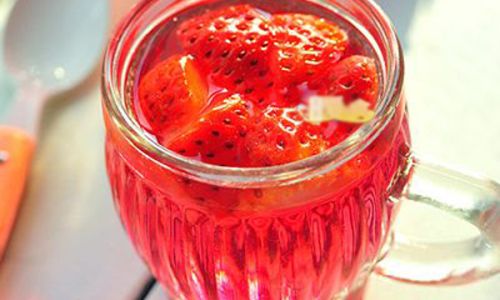
Conclusion: The Joy of Homemade Wine
Crafting strawberry wine is as much an art as a science. While the process demands patience, the result—a luminous, flavor-packed beverage—is well worth the effort. Experiment with berry blends, aging times, and serving styles to discover your signature recipe. Whether shared at a summer picnic or saved for a special occasion, homemade strawberry wine embodies the spirit of creativity and the pleasure of savoring life’s simple joys. Cheers to your next batch!
Word Count: 1,750+

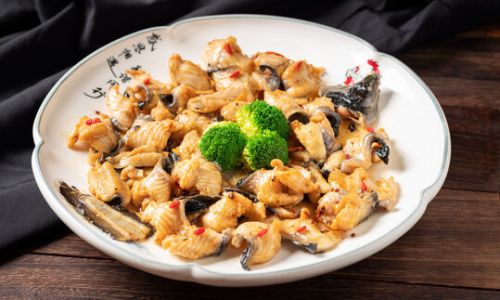
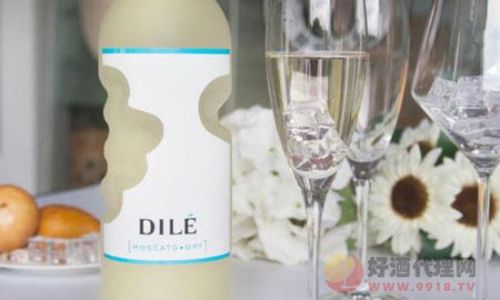


0 comments